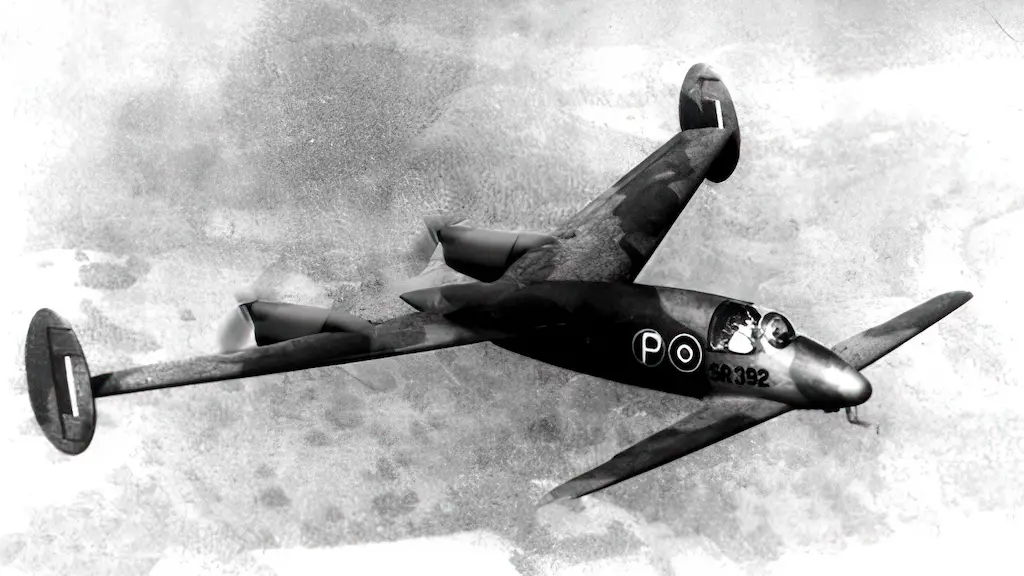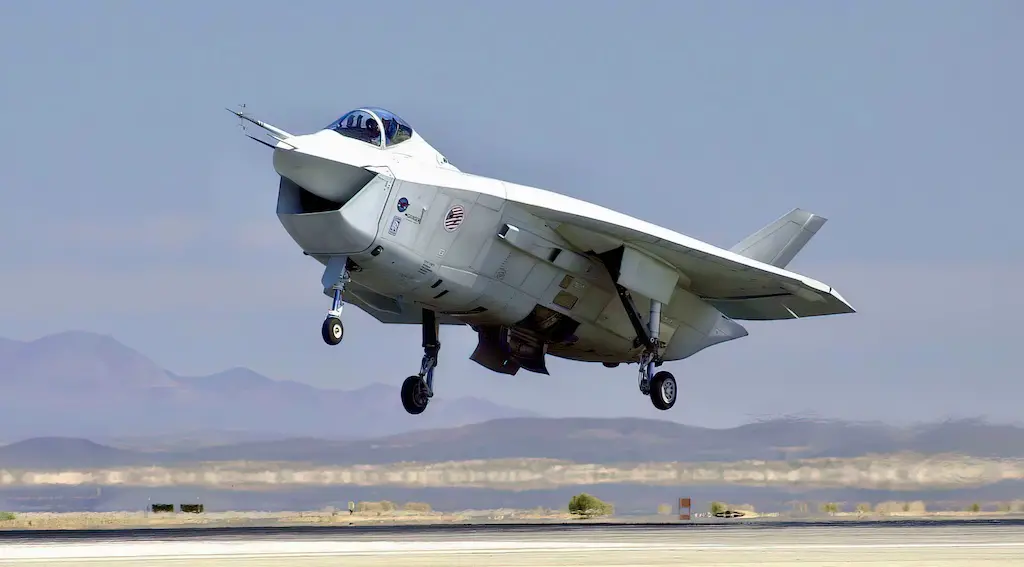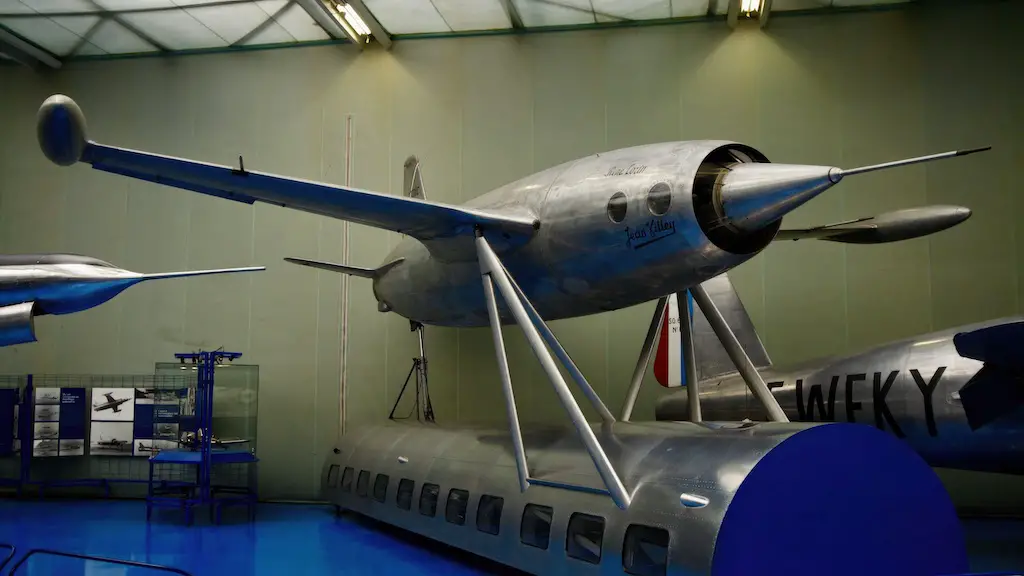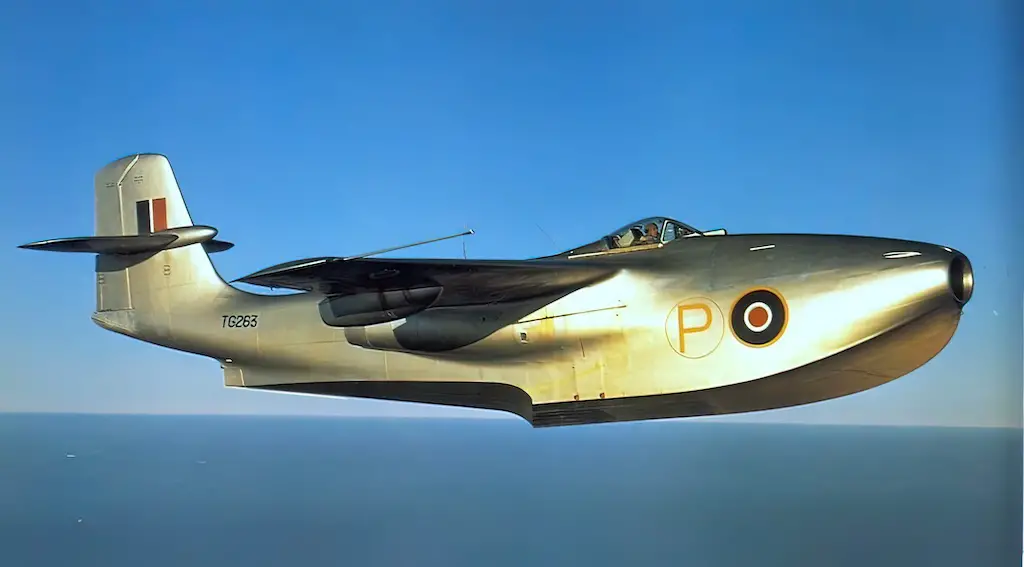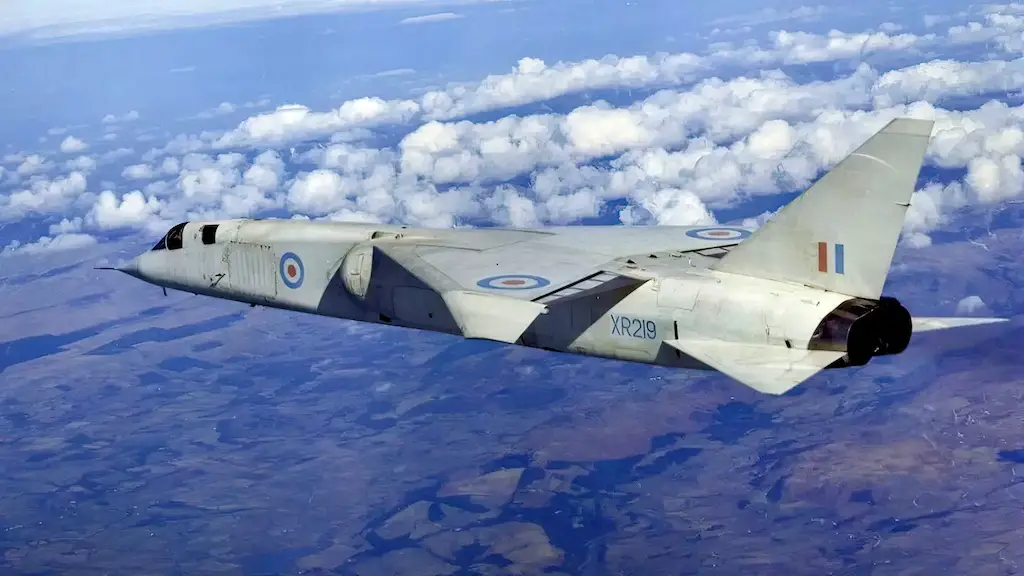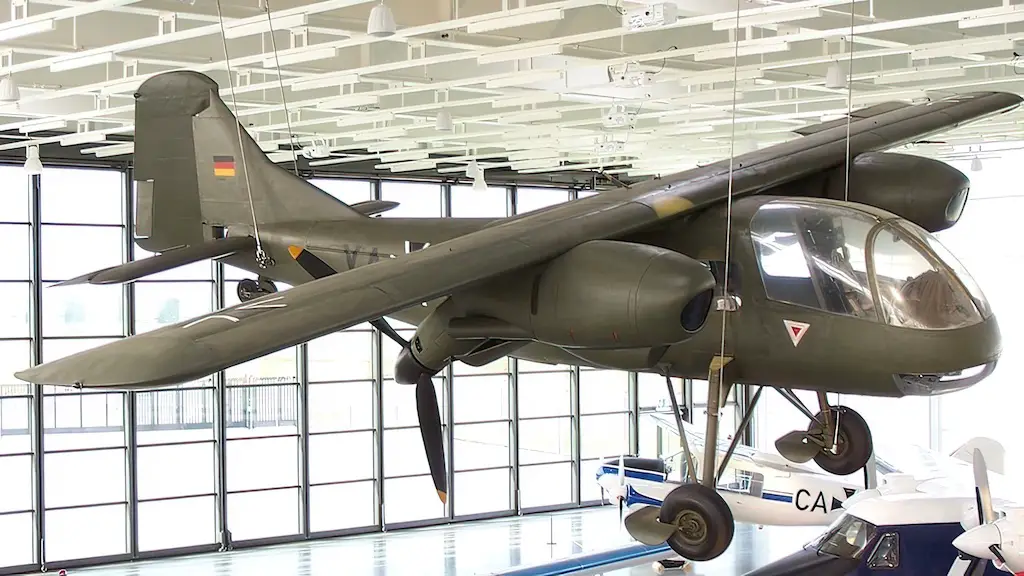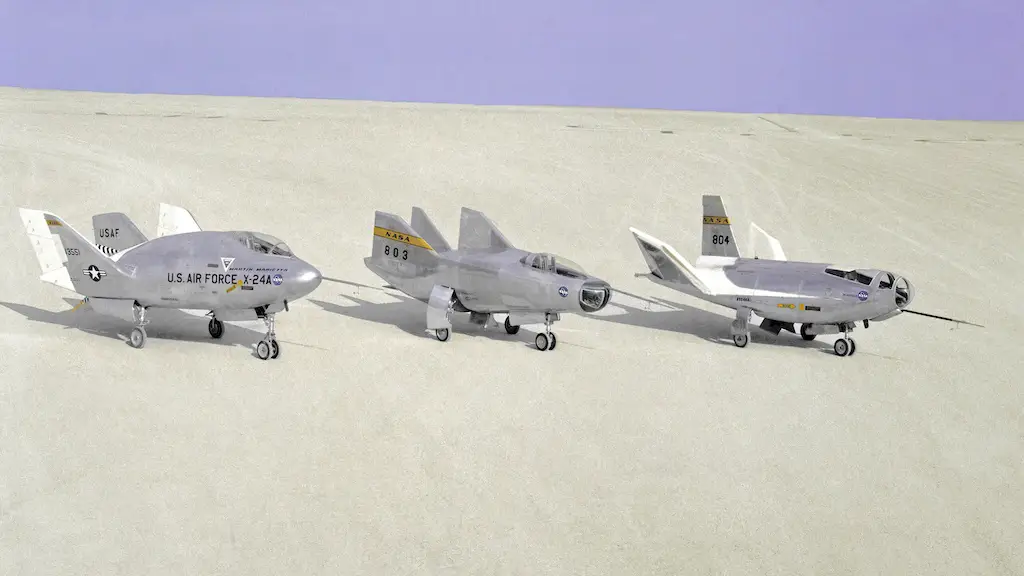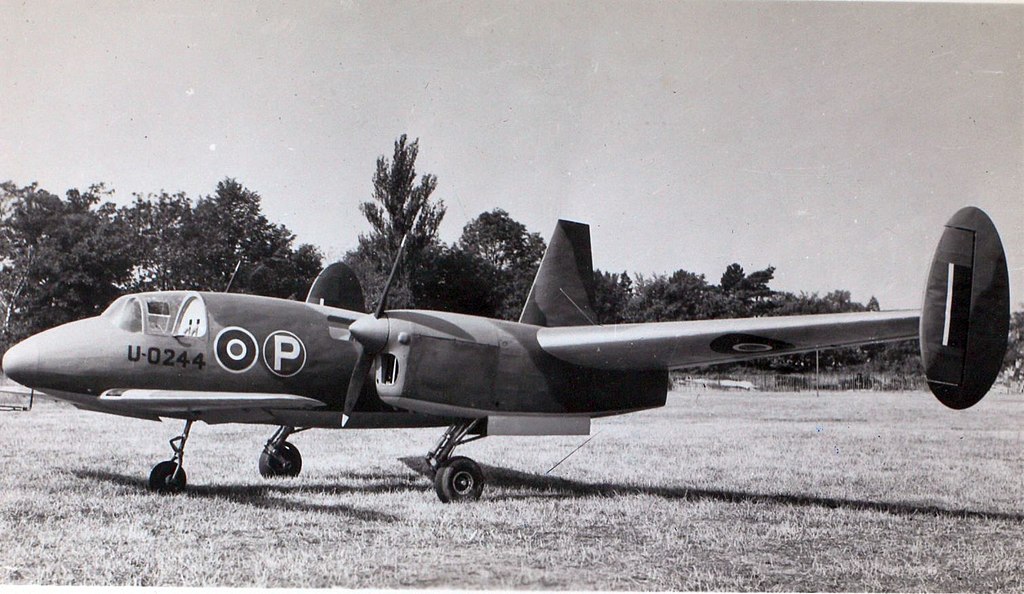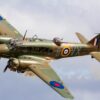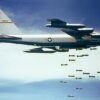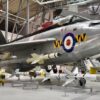The Miles M.39B Libellula, a distinctive twin-fuselage, tandem-wing aircraft, originated in the heart of World War II. The brainchild of British aviation engineer and designer Frederick George Miles, the Libellula was conceived as a carrier-based fighter and bomber, capable of assisting the Royal Navy Fleet Air Arm.
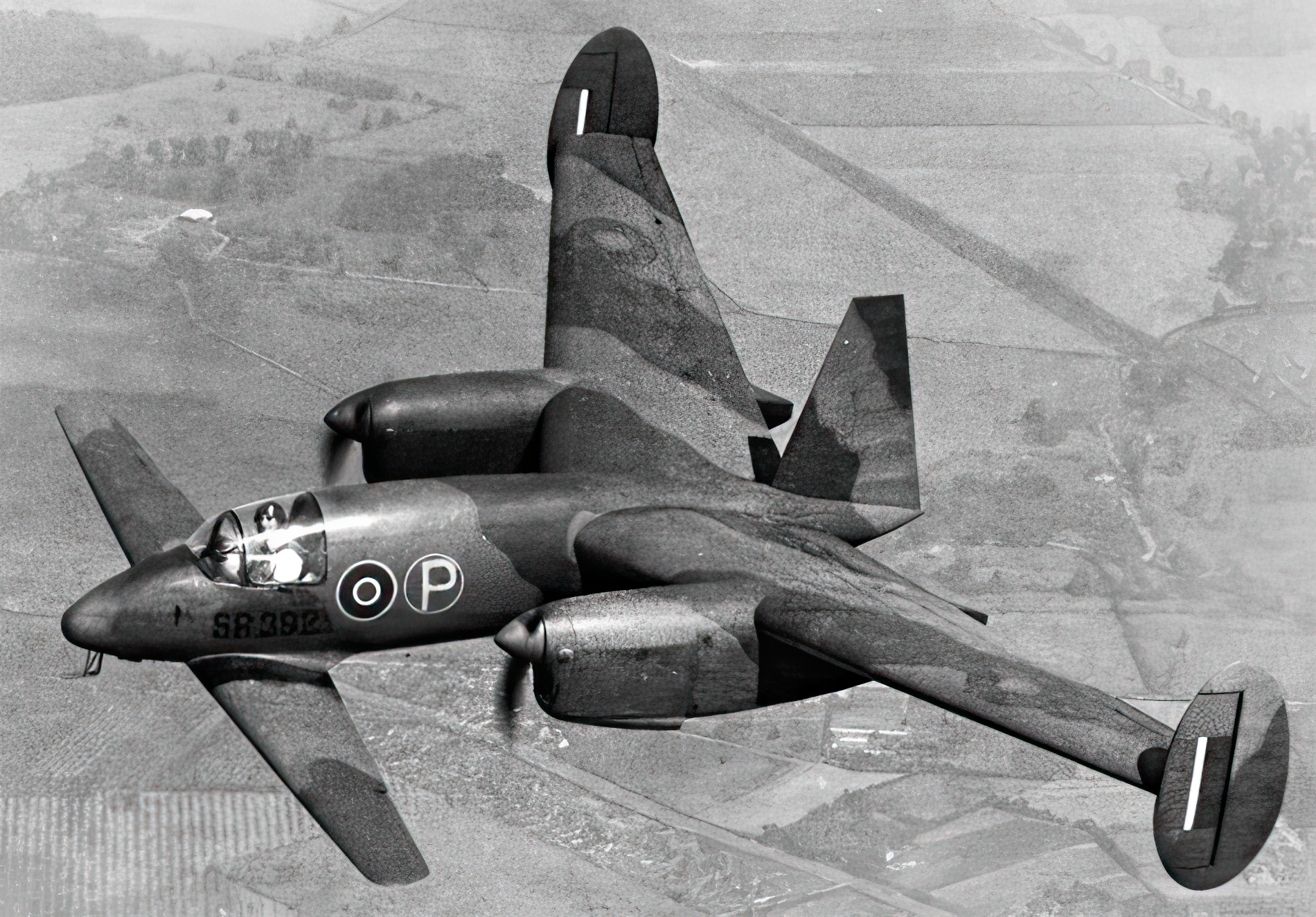
Innovative Design Decisions
With an unconventional tandem-wing design, the Libellula featured a smaller front wing and a larger rear wing, both fitted with ailerons for optimal control. The twin-fuselage structure provided a spacious bomb bay, and the central nacelle housed the pilot, engines, and fuel tanks. The Libellula’s unique appearance earned its name, derived from the Latin term for dragonfly.
Taking to the Skies
Despite its innovative design, the M.39B Libellula faced numerous obstacles. The prototype, initially scheduled for a 1943 test flight, was delayed due to technical difficulties and resource shortages. Finally, in May 1945, test pilot John Spiller took to the skies in the M.39B, commencing a series of test flights.
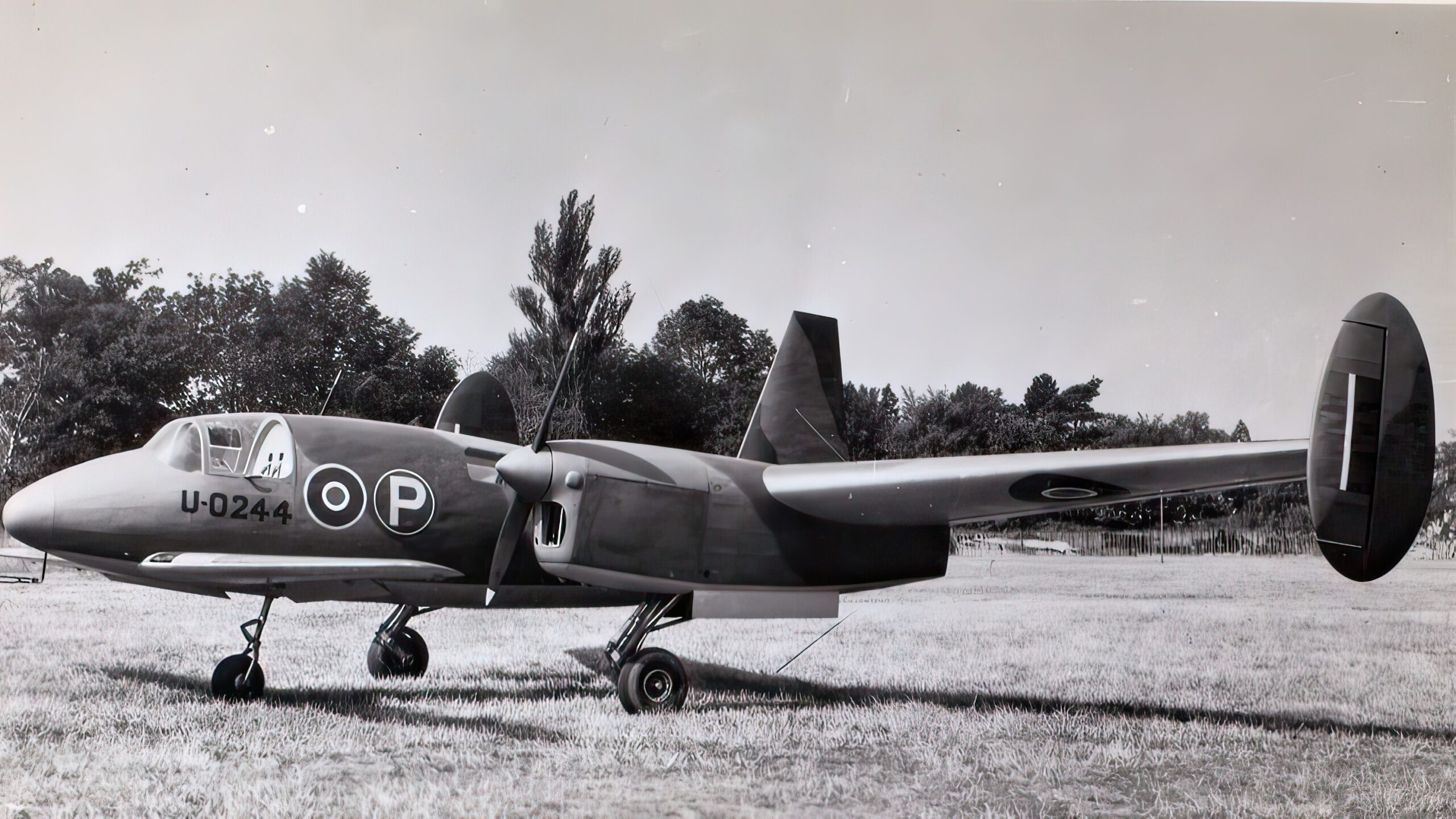
Encountering Turbulence
While the Libellula was praised for its stability, it fell short in other areas. With a top speed of just 216 mph, the M.39B was considerably slower than other fighters of the time. Additionally, the aircraft exhibited underpowered performance, limiting its potential as a carrier-based fighter. Furthermore, the tandem-wing design proved to be less efficient than anticipated, generating increased drag and resulting in reduced maneuverability.
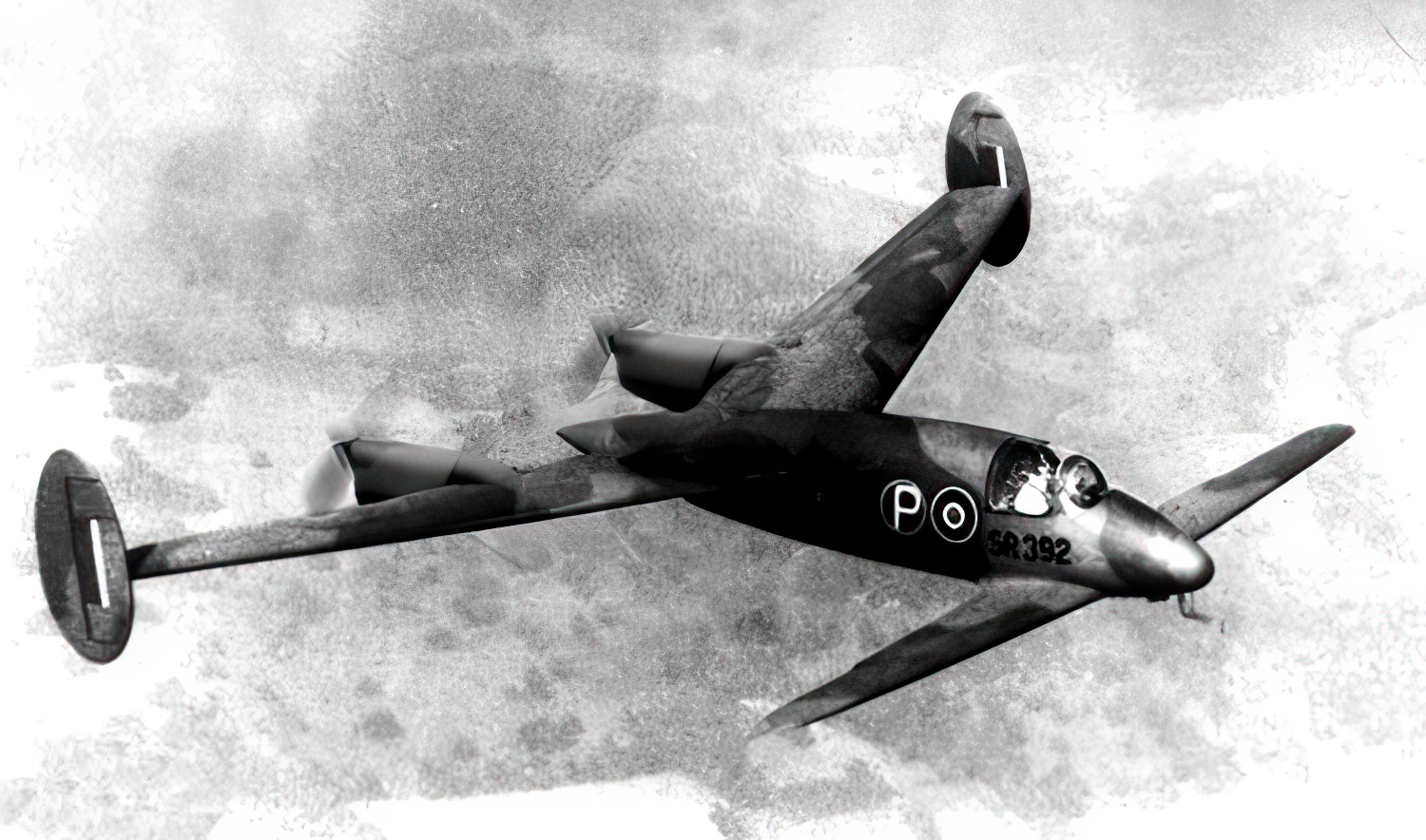
Curtains Close on the Libellula
The end of World War II and the emergence of jet technology quickly rendered the Libellula obsolete. The Royal Navy, prioritizing new and improved aircraft, decided to cancel the M.39B project in 1946. The prototype was dismantled, and the once-promising Libellula became a relic of aviation history.
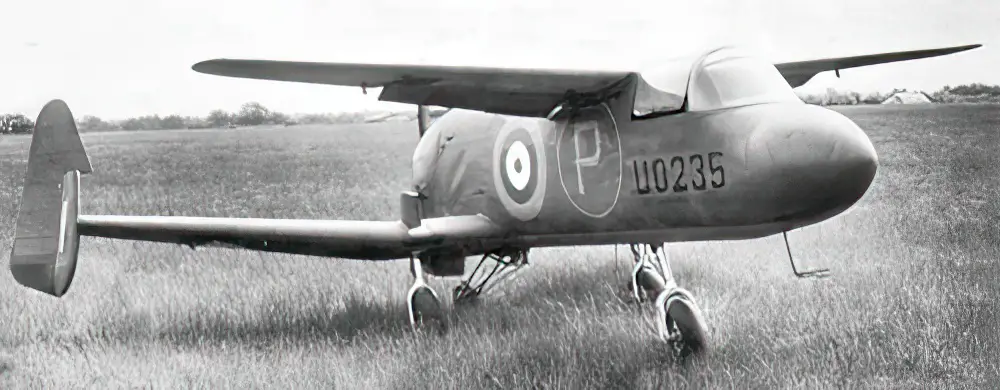
The Lasting Legacy
Despite its shortcomings, the Miles M.39B Libellula left an indelible mark on aviation history. Its bold, unconventional design inspired future aircraft engineers to think outside the box and take risks. The Libellula remains a testament to the power of human ingenuity and the boundless potential of innovation. The Miles M.39B Libellula serves as a fascinating case study of a daring, experimental aircraft that ultimately fell short of expectations. Its unique design, ambitious goals, and ultimate cancellation offer valuable lessons for future aviation endeavors.

